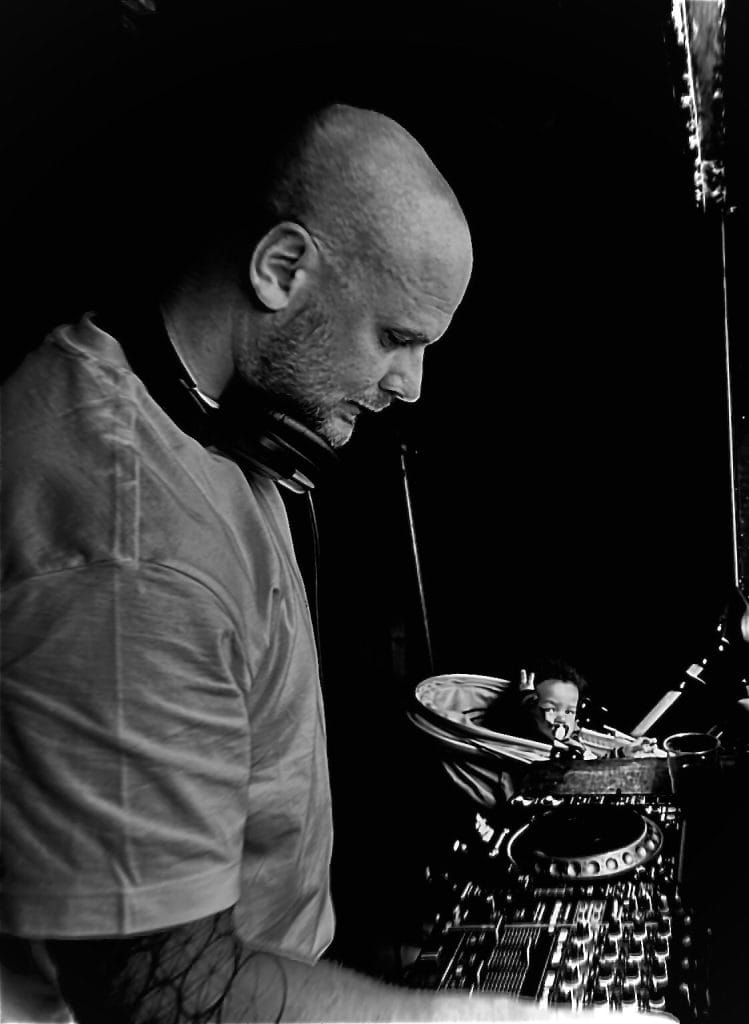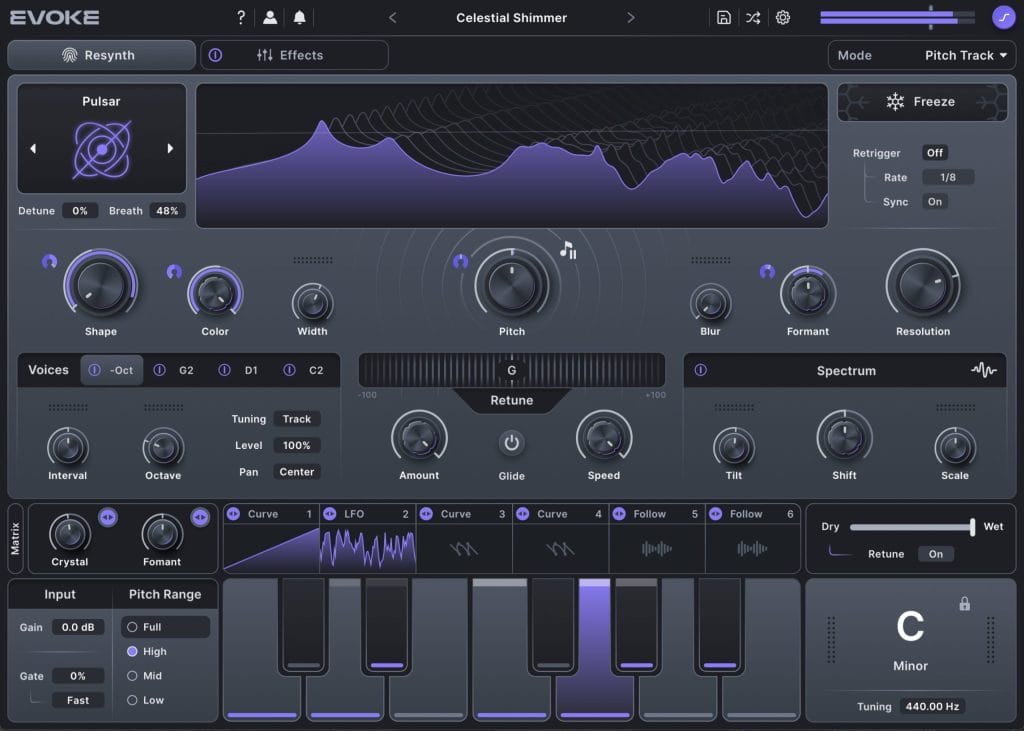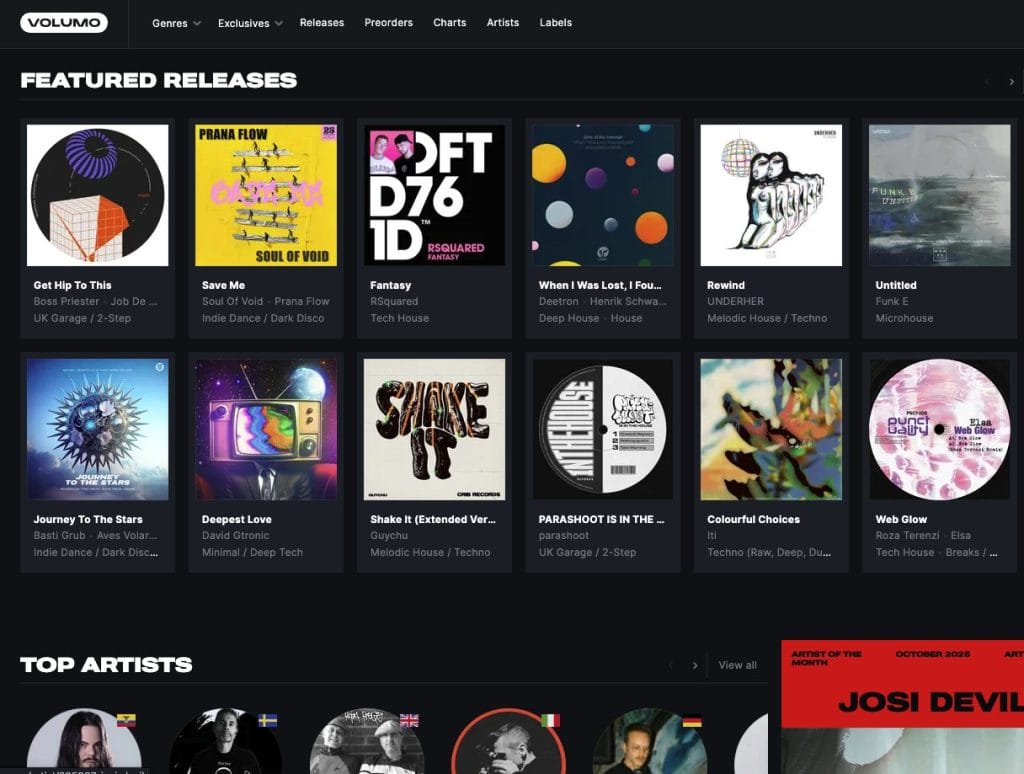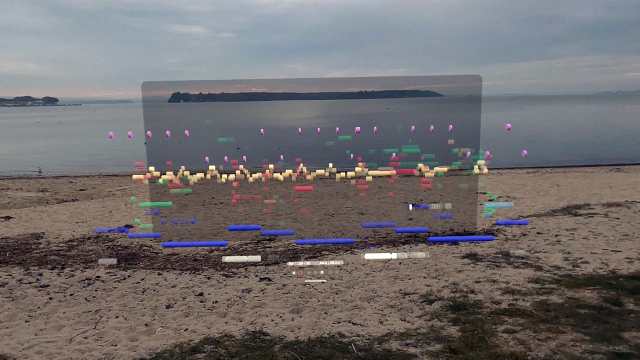Recently, Hit’N’Mix launched RipX Backstage, a first-of-its-kind VR/AR music creation experience. You can read more about it here.
Virtual reality and augmented reality have been hot-button topics for a while now. I remember when the first Oculus (now Meta) devices were launching several years ago, and thinking that being able to slip on a headset and immersing yourself in a completely different world was just about the coolest thing ever. You could turn wherever you are into wherever you want to be. And now, with recent advancements in VR/AR, you can place yourself inside a sports simulator, a video game, or any other kind of interactive environment and participate in it – sometimes without any external controllers.
So, I’m not surprised that an interactive VR/AR music creation experience that allows you to turn any place into your studio now exists. And, considering how they’ve been testing the boundaries of technology with their DAW releases over the past few years, I’m not surprised it’s Hit’N’Mix who did it, either.
To celebrate this groundbreaking release, I sat down with members of the Hit’N’Mix team to discuss just how music production and virtual reality intersect. If you are at all interested in learning about how virtual reality can serve as the ultimate creative workspace, then read on!

How do you think that the immersive nature of virtual reality can change the way producers interact with sound and instruments?
Virtual reality removes the physical constraints of computer screens and traditional studios, offering producers a boundless canvas for creativity. Immersive technology allows them to interact with recorded sound in an intuitive, almost tactile way. Instruments are safely contained within the headset for taking wherever one wishes.
Instead of navigating menus and sliders on a flat screen, VR lets producers “grab” notes, position instruments spatially, and experiment with soundscapes as if they were sculpting in three dimensions. This hands-on approach bridges the gap between the artist’s vision and their ability to execute it, sparking deeper creative exploration.
What are some of the creative possibilities unlocked by working in a 3D music environment that wouldn’t be possible in a traditional studio?
A 3D music environment opens doors to experiences that simply don’t exist in conventional setups. Imagine standing amidst the components of a song, where each instrument hovers in a specific space, dynamically shifting as you make adjustments. Producers can visualize sound as layered structures, manipulate effects in real-time with hand gestures, and even collaborate inside a shared virtual world, no matter the distance.
This immersive format also introduces spatial audio in a way that feels alive—composers can truly “place” sounds where they belong in a mix, creating a deeper connection with their work.
Do you see virtual reality impacting and improving live performances and collaboration?
Absolutely. VR transforms live performances into multisensory experiences, combining music with interactive visuals that adapt in real time. Artists can perform in virtual venues, allowing fans to attend from anywhere in the world. Meanwhile, collaboration becomes seamless—musicians, producers, and engineers can work together in virtual spaces, sharing the same “studio” despite being continents apart. This technology could redefine what it means to perform live or collaborate creatively, fostering a level of immediacy and intimacy never before possible.
Now, for a bit more about RipX Backstage – how does the plugin cater to musicians who may not have prior experience with VR?
RipX Backstage makes VR accessible to all musicians by prioritizing simplicity and intuitive design. The platform leverages Apple Vision Pro’s advanced eye-tracking and hand gesture recognition, eliminating the need for complicated controllers. This means anyone, regardless of prior VR experience, can dive straight into creating, learning, or enjoying music in a fully immersive way.
The interface feels natural—like interacting with real objects in a room—and the free Watch & Discover features allow users to explore and experiment at their own pace before advancing to more complex tools.

There are a lot of different virtual reality headsets out there – are there plans to expand RipX Backstage beyond Apple Vision Pro to other platforms, or is the technology only possible on this device?
Currently, RipX Backstage is optimized for the Apple Vision Pro, as its advanced capabilities—such as precision eye-tracking and unparalleled spatial audio—perfectly align with the app’s vision for immersive music creation.
That said, as other headsets catch up in terms of performance and features, there is potential to expand the platform to reach a wider audience. The goal is to make RipX Backstage’s groundbreaking experience as accessible as possible to musicians around the globe.
Lastly, how do you see virtual reality influencing the broader music industry, including professional studios and educational spaces?
Virtual reality is poised to revolutionize the music industry on multiple fronts. Professional studios can leverage VR to create more collaborative, efficient, and inspiring environments, eliminating the need for physical boundaries.
VR education is another exciting frontier—it enables students to “step inside” the music, visually dissecting songs and learning techniques in an engaging, interactive way. Whether it’s training budding musicians or streamlining professional workflows, VR offers an unprecedented level of immersion and versatility that traditional methods simply can’t match.
Download RipX Backstage for free here.
The post Where Music Production & Virtual Reality Intersect: A Conversation With the Hit’N’Mix Team appeared first on Magnetic Magazine.






